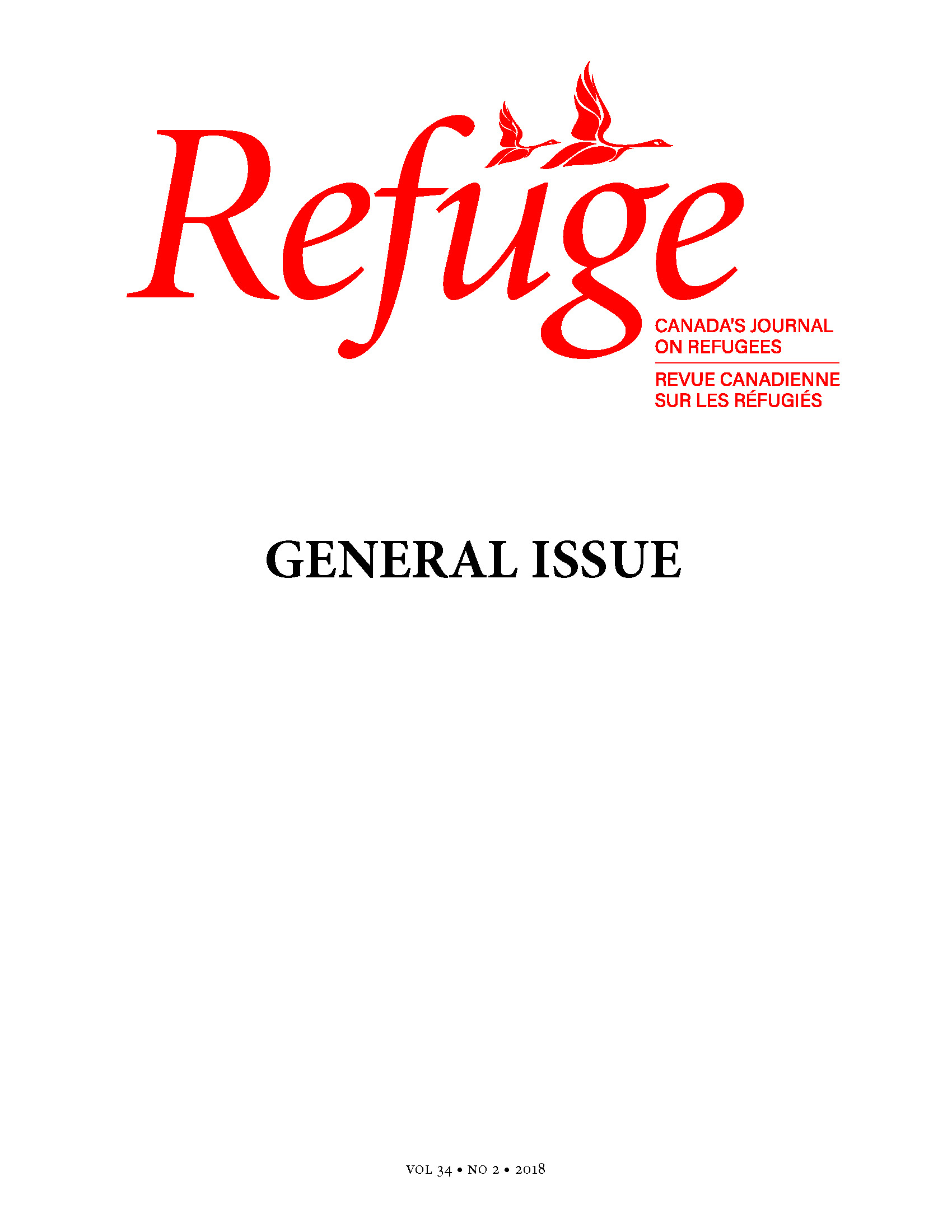La « crise migratoire » de 2015/16 en Europe : interprétation géohistorique
DOI:
https://doi.org/10.7202/1055572arKeywords:
asile, crise, EuropeAbstract
This article analyzes the increase in the number of asylum claims submitted either in-country or at the border of Western democracies and the resulting 2015–2016 “migrant crisis.” Although the proliferation of outbreaks of violence near Europe has played a central role, three long-standing geographical trends must also be taken into account when considering this issue: the shrinking of geographical distance, the detention policy crisis and geographically asymmetrical rights. These trends mean that the reaction of closing borders can be interpreted as an attempt to keep refugees at a distance once again, against a background of globalization. The analysis finishes with a geohistorical approach to recent literature on the “migrant crisis,” focusing on the role of populist parties, the fear of terrorism, and the dysfunctionality of solidarity mechanisms.
Metrics
Downloads
Published
How to Cite
Issue
Section
License
Copyright (c) 2018 Étienne Piguet

This work is licensed under a Creative Commons Attribution-NonCommercial 4.0 International License.
Refuge authors retain the copyright over their work, and license it to the general public under the Creative Commons Attribution-Non Commercial License International (CC BY-NC 4.0). This license allows for non-commercial use, reproduction and adaption of the material in any medium or format, with proper attribution. For general information on Creative Commons licences, visit the Creative Commons site. For the CC BY-NC 4.0 license, review the human readable summary.







